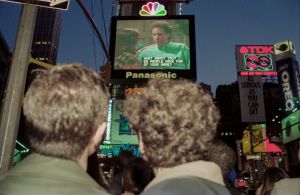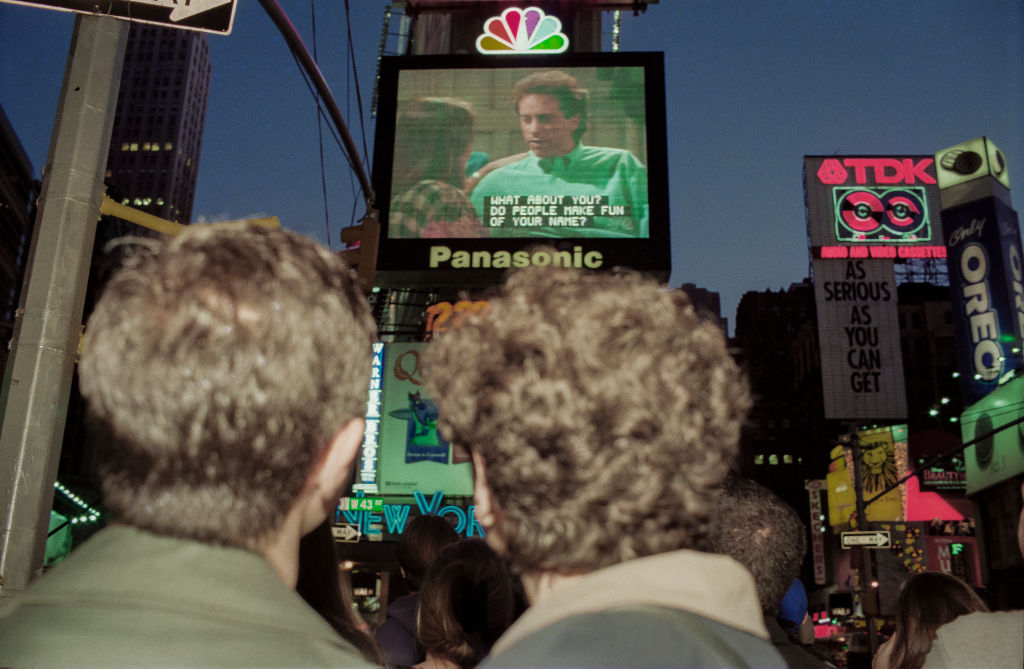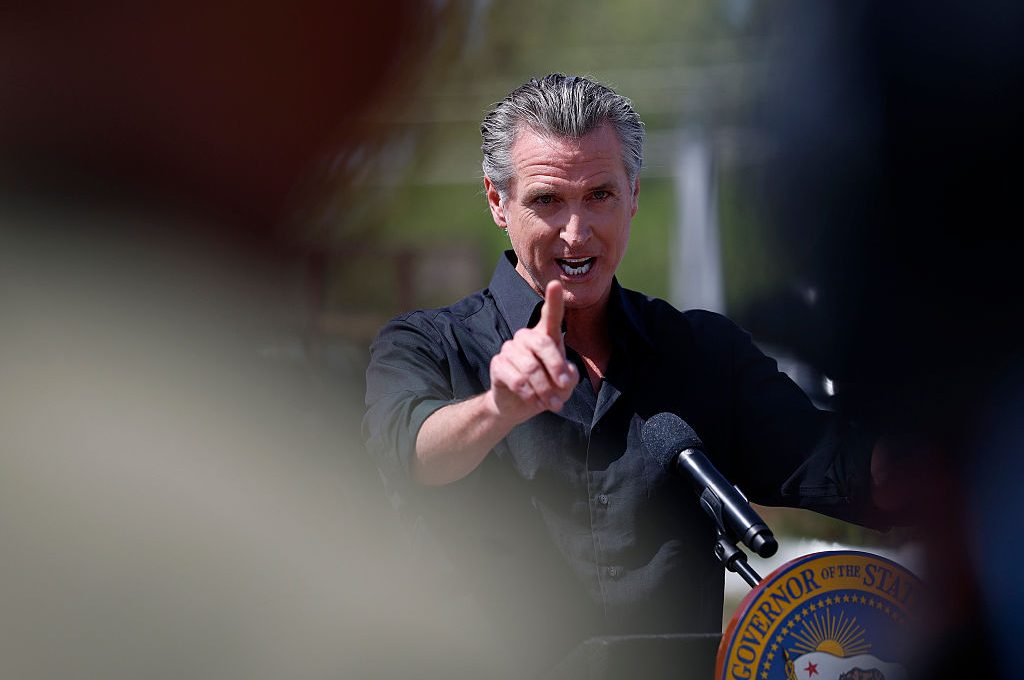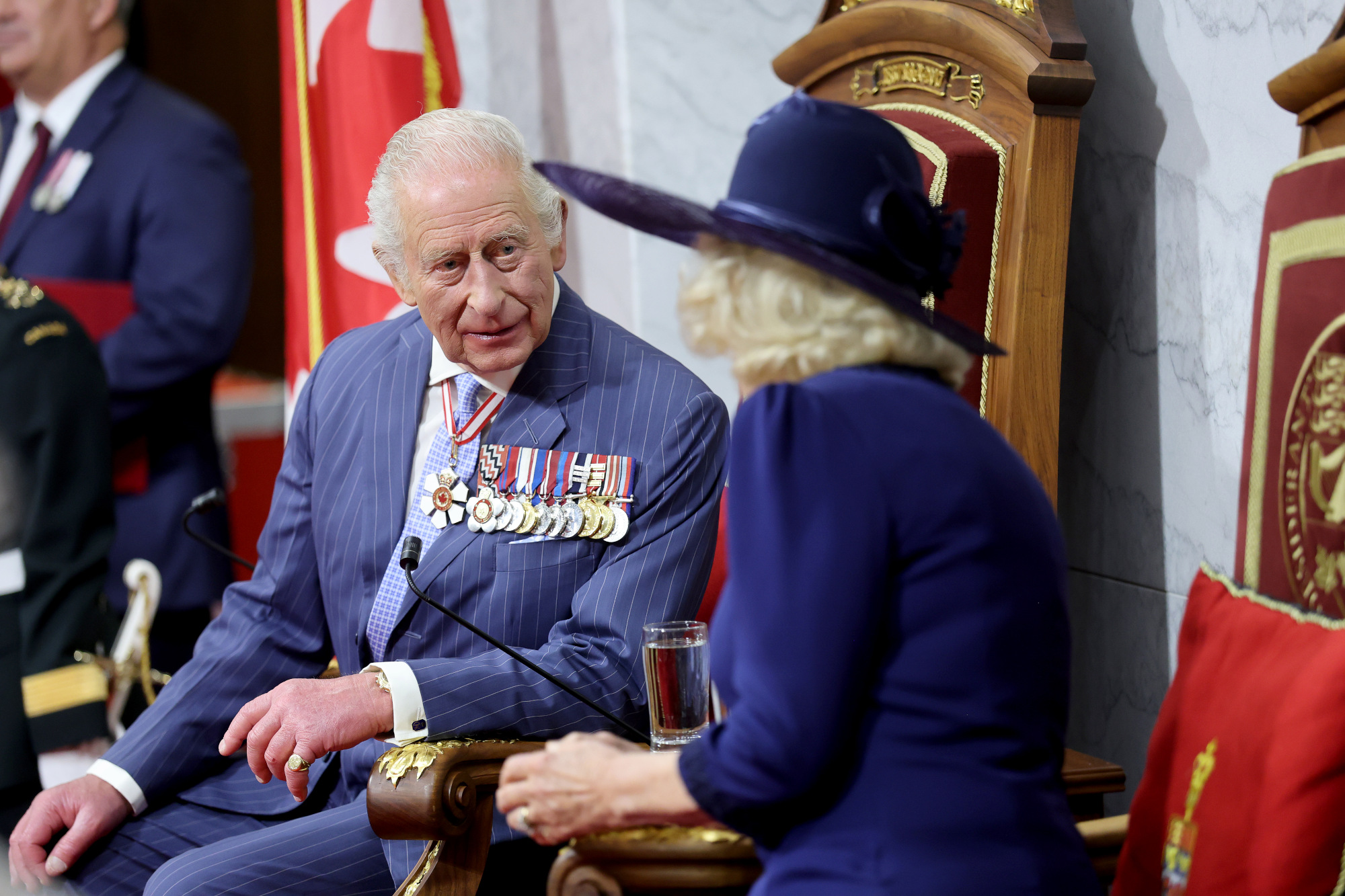I watched a film last week about a town in Swedish Lapland where a mine collapsed and caused lots of misery. I won’t tell you the name of the film in case, out of curiosity, you watch it yourselves and then later blame me for having alerted you to it. The plot was simple — a huge iron ore mine had left so many holes in the mountain that eventually it swallowed up the town.
Your hero should be a woman who is more competent than the sorry ranks of men who surround her
The problem I had was what we might call reverse-identification: I found the characters so odious and stereotypical (in the modern sense) that no conflagration or disaster would have been quite enough to sate my appetite for vengeance. And so instead of yelling at the TV “Run, run, run for your lives!” as the earth began to subside and holes appeared on the main street — swallowing up all the resilient lesbians, stoical handicapped people, radical young things, gentle and caring immigrants — I was instead cheering their downfall and dismayed at how many escaped.
It was useful, though, as a template for how to write a screenplay — or, rather, how to write a screenplay which will gain the approval of people who finance films these days: I have seen a countless number of movies in the past five years which follow the template exactly. I thought I might share this template with you. Follow it and you will not end up with a film you could possibly enjoy watching, but it will at least get made and might earn you some money.
Much of my advice concerns characterization. First, then, the relationships between leading characters. All “straight” relationships, and especially married “straight” relationships, should be founded on lies, hypocrisy and an imbalance of power and be perpetually on the verge of breaking up in rancor. The only exception to this rule is if it is a straight relationship between a white person and a person of color, or better still between two people of color (see below). By contrast, all non-straight relationships should be shown to express the purest altruistic love and should be seen to endure no matter what obstacles are put in their way by the straight, conformist society.
You may need goodies and baddies. This is easy. A white male of middle age is always the baddie. If he isn’t the baddie then he must at least be shown to be weak-willed and pathetic and reliant upon strong women for his survival. So it follows that your hero should be a woman who is demonstrably more competent and intelligent than the sorry ranks of men who surround her. If you are putting a black person in your film — and you must, you must, even if it is set in bloody Lapland — then he or she is obviously on the side of the angels, despite perhaps being treated with initial suspicion by the white supremacists who comprise the other characters. Obviously, a black person cannot be portrayed as being in the wrong — unless you have decided to make all your characters black. You can get away with portraying an Asian as a villain, or at least as being a bit devious. But not if he is a Muslim Asian. Further, if he is a Muslim he must be shown to be of a uniquely kindly and pacific temperament and much more tolerant of homosexuality and feminism than all the people in your film who are not Muslim.
Young people are a must. They should always be shown to be unhappy and rightfully distrustful of the adult characters, who treat them badly. They must also be proven right about their various grievances in the denouement of your screenplay. Their hair should be colored pink or blue and they should have little rings through their noses, like a pig. They should scowl, rather than smile.
You will need to give your characters something to do — jobs and stuff. Be very careful here. Bear in mind that anyone who works for a living has “sold out,” unless they are self-employed in some sort of artistic endeavor, such as a radical street drumming cooperative, or work for a charity or are perhaps a nurse. Anybody who works for a large company is a baddie, unless they are employed at the lowest levels in that company, in which case they can be shown to be redeemable as human beings when they throw off the corporate yoke and reveal the wickedness being perpetrated by their former bosses. Anyone in a senior position is a villain and chief executives should be portrayed as psychopaths and monsters.
Remember, too, that all forms of industry are an expression of evil. Making money is an expression of evil. Commerce is evil. Wealth is evil. It is always, always, evil to dig something out of the ground, no matter what it is. The mining of anything at all is an evil beyond all other evils and will lead to the deaths of the polar bears and the end of the world as we know it. Everything which is dug out of the ground is toxic, regardless of whether it is coal, iron ore or uranium. Everything dug out of the ground will cause people who live in nearby towns to cough, choke, lose their hair, experience the discomfort of bleeding gums and eventually die, shortly before their houses are swamped in a flood, destroyed by a man-made earthquake or somehow blown up.
As I mentioned, I have seen countless films recently which follow these precepts exactly — and so one knows exactly what is going to happen in them. But that’s OK, because people do not want genuine drama these days, just validation of their asinine prejudices. Incidentally, the Swedish mining film was supposedly based on a real-life event. Except that in the real-life event nobody was killed, the town was untouched and the mine is still open today.
This article was originally published in The Spectator’s UK magazine. Subscribe to the World edition here.


























Leave a Reply